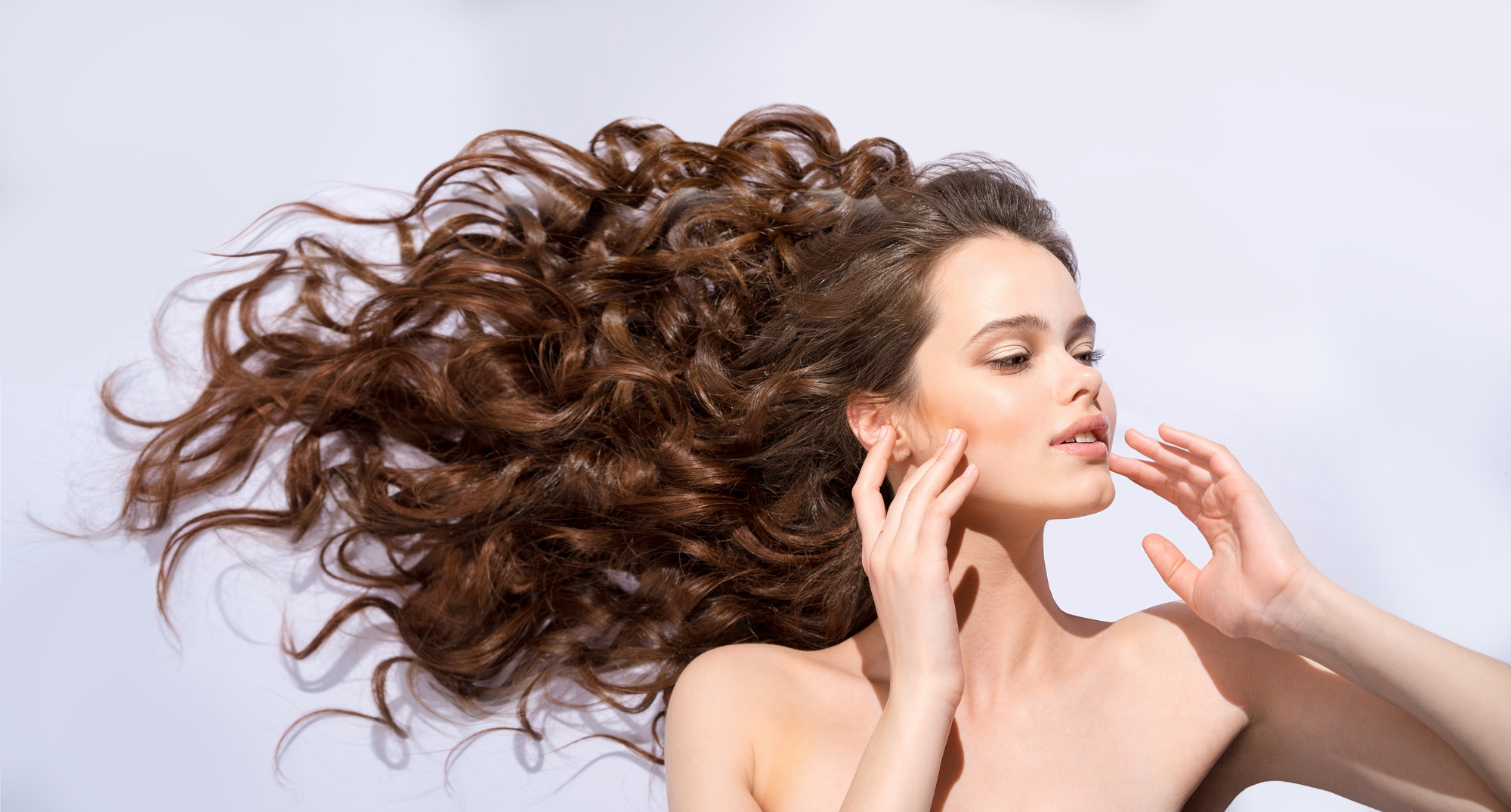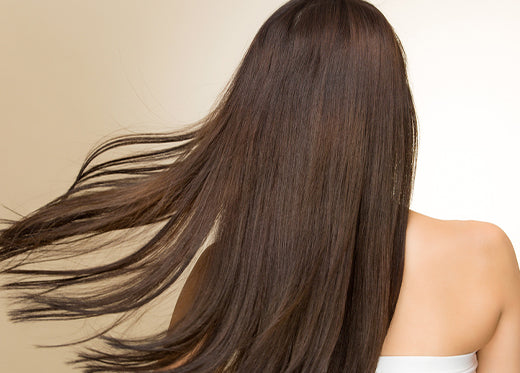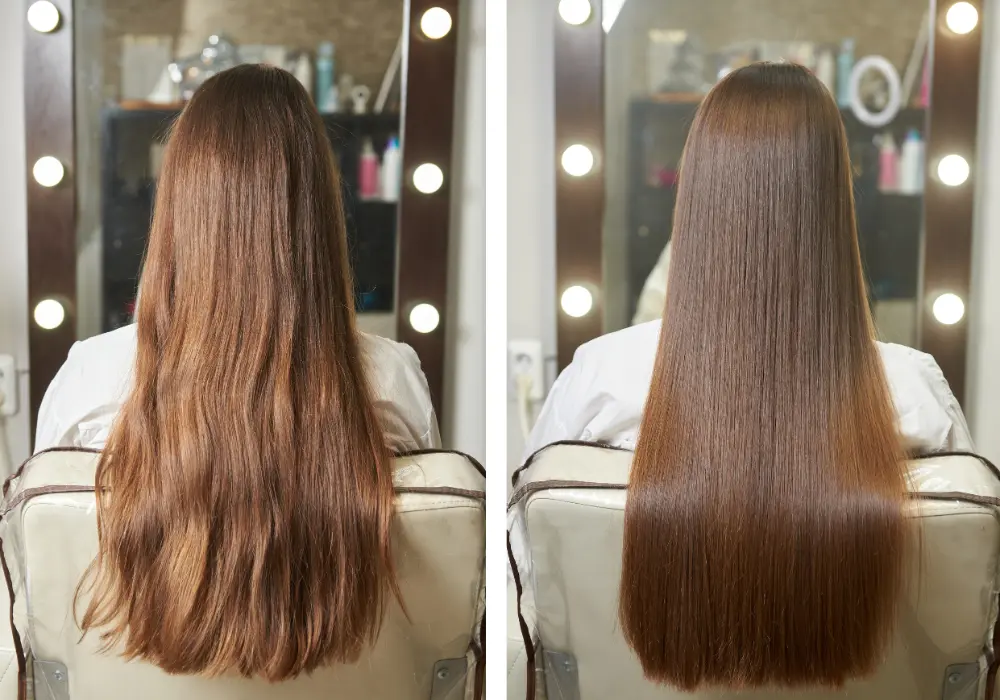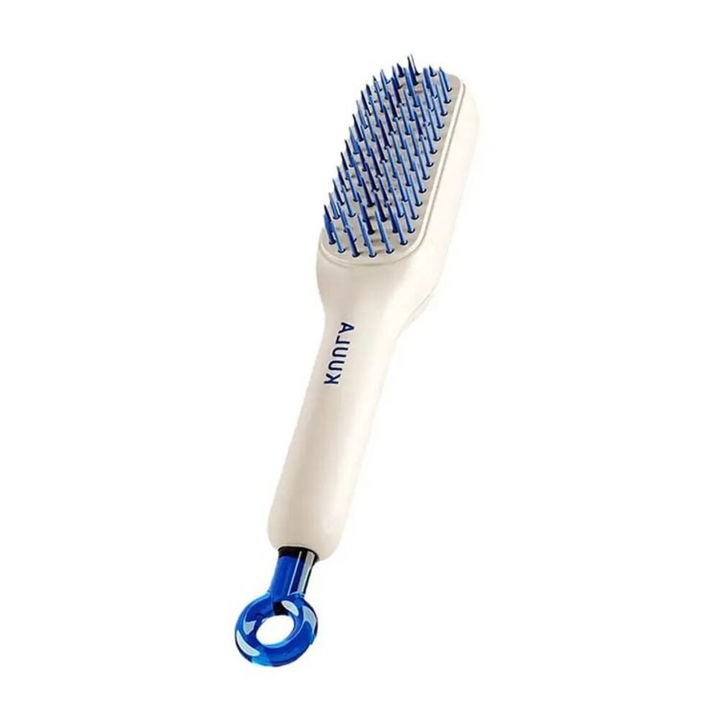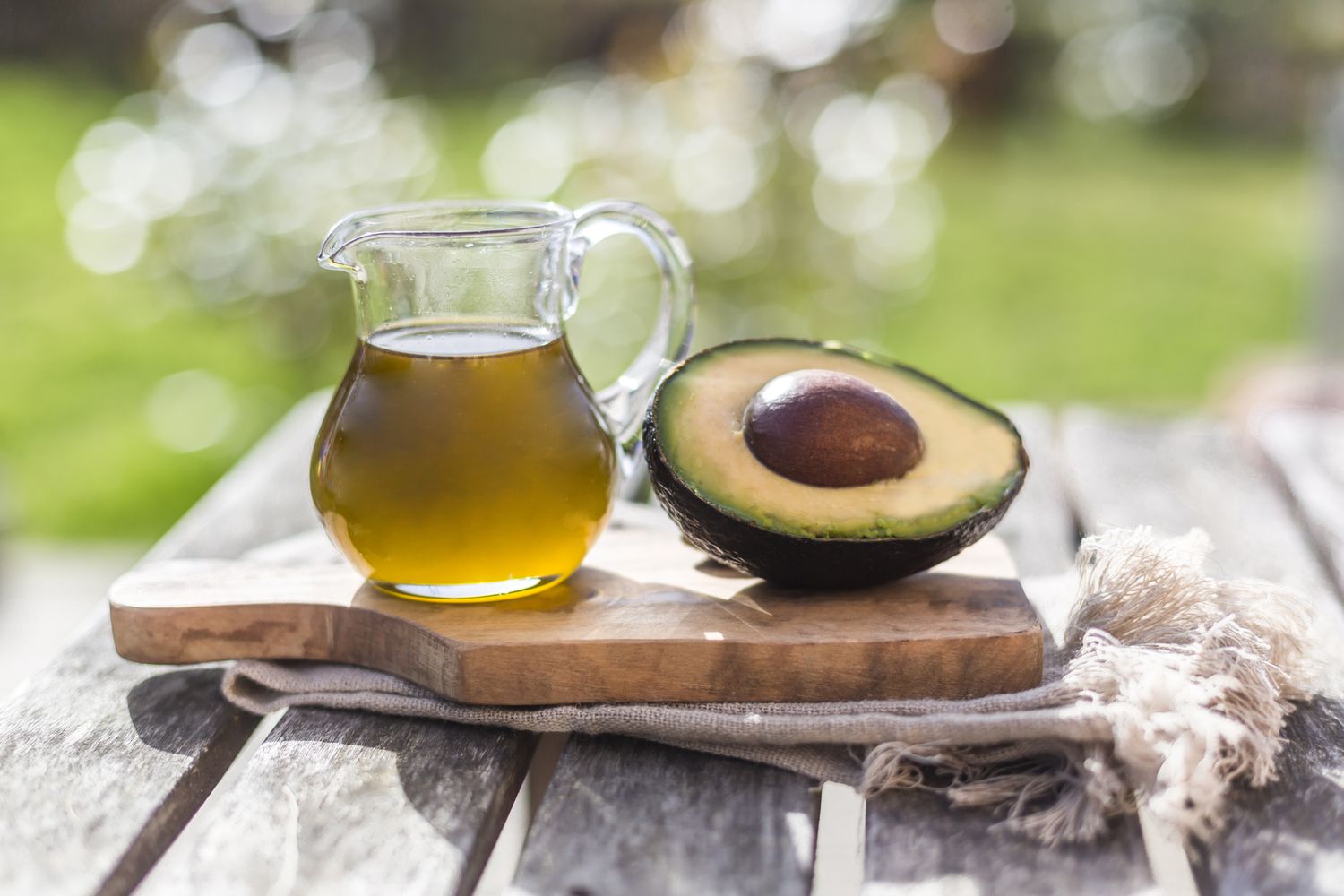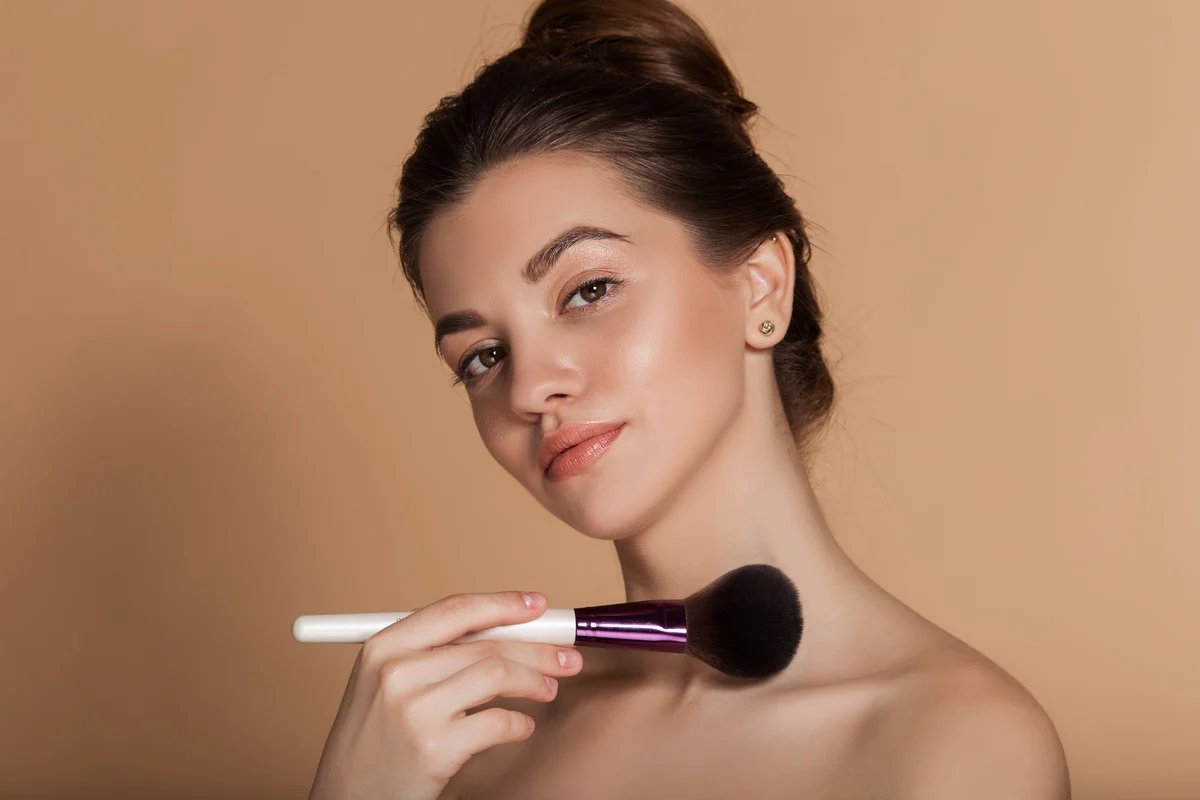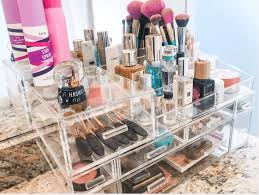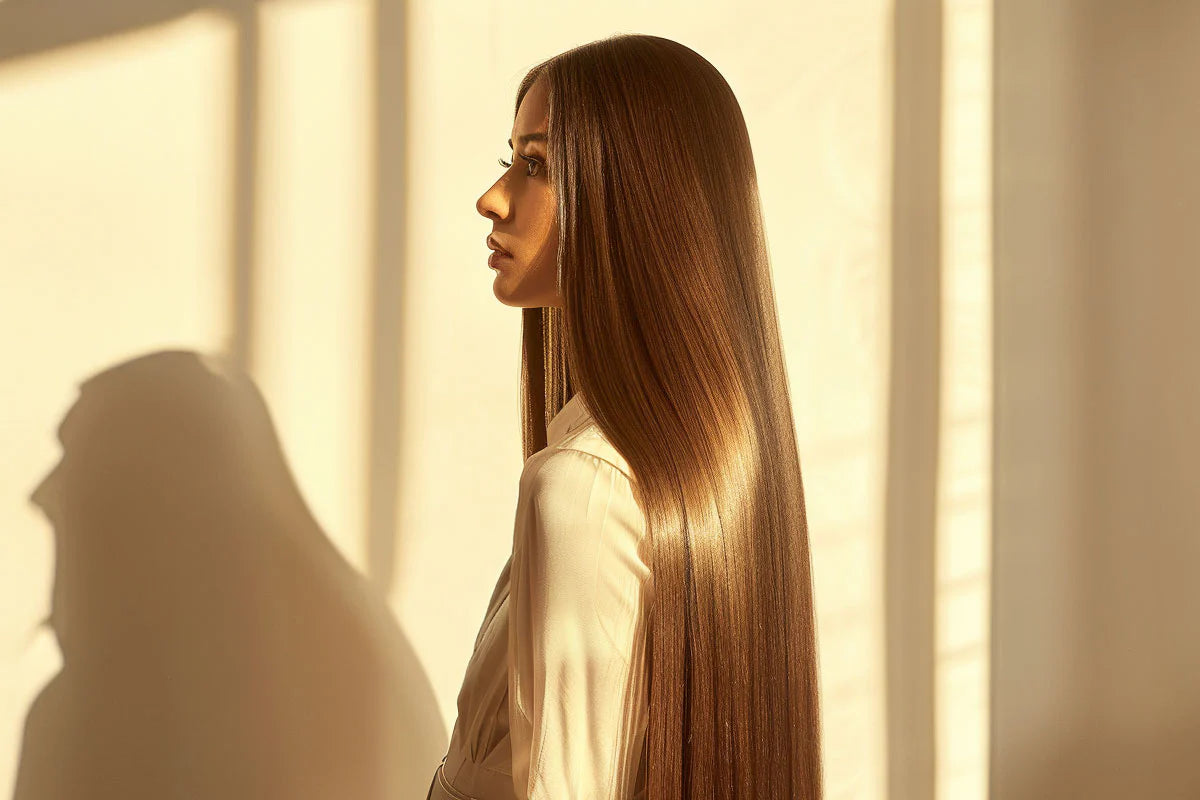Taking care of your hair isn’t about following trends or copying celebrities. It’s about tuning into your hair’s unique needs. Whether you have fine, curly, coarse, or thick strands, creating a hair care routine that suits your texture and lifestyle can bring out the best in your natural look. A few smart habits and product choices can make a big difference in strength, shine, and manageability.
Table of Contents
- Know Your Hair Type Before Choosing Products
- Create a Simple Wash Routine
- Apply the Right Hair Treatments
- Limit Heat and Chemical Damage
- Brush and Style Gently
- Hydration, Diet, and Hair Health
- Natural Hair Oils for Shine and Protection
- Avoid Overloading with Products
- Hair Care Through the Seasons
- Trim Regularly to Avoid Split Ends
Know Your Hair Type Before Choosing Products
Every hair type reacts differently to products. For instance, oily scalps need lightweight shampoos, while dry, brittle hair craves extra moisture. Fine hair may get weighed down by heavy creams, while thick curls can absorb rich butters and oils without losing volume.
A good starting point is identifying whether your hair is oily, dry, or balanced. From there, you can assess texture (straight, wavy, curly, or coily) and porosity — how well your hair absorbs moisture. High-porosity hair tends to absorb and lose water quickly, which means it benefits from sealing oils and protein treatments. On the other hand, low-porosity hair resists moisture and product absorption, so light hydration and heat-assisted treatments can help.
Create a Simple Wash Routine
Washing too often can strip your hair of its natural oils, leaving it dry and prone to breakage. For most people, washing 2 to 3 times a week is enough. If you have an active lifestyle or oily scalp, a sulfate-free shampoo can help cleanse without harshly drying your strands.
Always follow shampoo with conditioner, focusing on mid-length to ends. Let it sit for a couple of minutes before rinsing — this allows the nutrients to penetrate. For textured or curly hair, consider using a co-wash (conditioner-only wash) occasionally to prevent frizz and maintain natural oils.
Apply the Right Hair Treatments
Masks, oils, and leave-in products can be a game-changer. Once a week, use a deep conditioning treatment to replenish moisture. Ingredients like honey, aloe vera, shea butter, and coconut oil nourish the strands deeply. For dry or damaged hair, protein-based treatments restore structure and elasticity.
Scalp care is just as important. A weekly scalp massage with a few drops of tea tree or peppermint oil helps promote circulation, reduce buildup, and may encourage hair growth. Just make sure not to overdo it — a small amount goes a long way.
Limit Heat and Chemical Damage
Heat styling tools like blow dryers, flat irons, and curling wands can weaken your hair’s structure over time. If you use them regularly, always apply a heat protectant first. Letting your hair air dry once or twice a week can reduce long-term damage.
Chemical processes — including bleaching, coloring, relaxing, or perming — alter the hair shaft permanently. If you undergo any of these, be sure to space out treatments and invest in restorative care between appointments.
Brush and Style Gently
The way you brush or comb your hair affects its strength and appearance. Always detangle gently, preferably when your hair is damp and conditioned. Use a wide-tooth comb or a detangling brush, starting from the ends and working your way up to avoid breakage.
Protective styles — like braids, buns, or twists — can help reduce friction and damage, especially while sleeping or during harsh weather. Just make sure they’re not too tight, which can stress the scalp and lead to traction alopecia.
Hydration, Diet, and Hair Health
What you put inside your body matters just as much as what you apply on your hair. Hair is made of a protein called keratin, and maintaining a protein-rich diet supports growth and strength. Include foods like eggs, fish, nuts, beans, and leafy greens in your meals.
Hydration plays a key role in hair elasticity and shine. Drinking enough water ensures your scalp stays moisturized and helps maintain healthy oil balance.
Natural Hair Oils for Shine and Protection
Natural oils such as argan oil, jojoba oil, and almond oil can help soften strands, reduce frizz, and add shine. They also protect against humidity and environmental stress. Apply a small amount to damp or dry hair, focusing on the ends.
For people dealing with chronic dryness or split ends, castor oil — known for its thick texture — may help seal in moisture. Avoid applying too much to the scalp unless you’re treating a specific condition.
Avoid Overloading with Products
It can be tempting to layer on multiple serums, sprays, and creams, but product buildup can clog hair follicles and dull your strands. Stick to a few quality staples and avoid alcohol-based styling products that dry out the hair shaft.
When using styling gel or mousse, make sure it’s lightweight and formulated for your hair type. Clarifying shampoos used once or twice a month can remove buildup without stripping color or natural oils.
Hair Care Through the Seasons
Different weather conditions require slight adjustments in your routine. In winter, cold air and indoor heating can dry out your hair, so opt for heavier moisturizers and avoid leaving the house with wet hair. In summer, sun exposure and chlorine from pools can cause fading and brittleness. Use UV-protectant sprays and rinse hair after swimming.
During monsoon or rainy seasons, frizz is often a concern. Use anti-humidity serums and avoid touching your hair too often, which can transfer dirt and oil from your hands.
Trim Regularly to Avoid Split Ends
Even if you’re growing your hair out, trimming every 8–12 weeks helps remove split ends and prevent further breakage. Regular trims keep your ends neat, reduce tangling, and improve overall manageability.
If you’re maintaining a specific style, like a bob or layers, regular salon visits ensure the shape stays fresh. You don’t have to sacrifice length — a small dusting can make a big difference in health and appearance.
Call to Action
Want healthier, more manageable hair starting today? Begin by simplifying your routine and listening to what your strands really need. Share your go-to hair care tip or routine in the comments — your advice could help someone else on their journey. And if you found this guide helpful, don’t forget to bookmark and share it with a friend who could use a hair refresh too!
